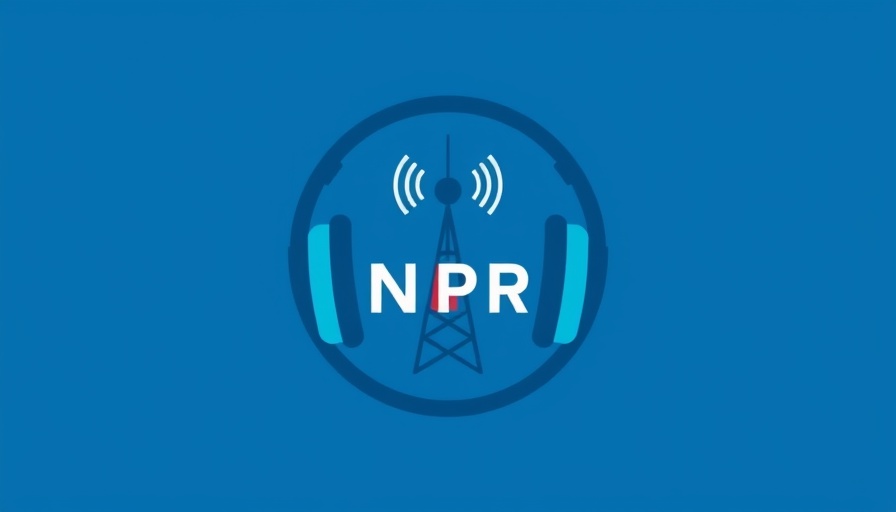
Significant Layoffs Impact Critical Services for Seniors and Disabled
Recent layoffs at the Department of Health and Human Services (HHS) have put programs vital to seniors and disabled individuals at serious risk. With an alarming 40% of staff receiving notices, the Administration for Community Living (ACL), which plays a crucial role in distributing services such as the Meals on Wheels initiative, now faces an uncertain future. This sudden shift raises concerns about the ongoing support and infrastructure for millions who depend on these services.
What Does This Mean for Meals on Wheels?
As a hallmark service delivering more than 216 million meals annually, Meals on Wheels is at the forefront of this crisis. The program supports homebound older adults by providing nutritious meals and, importantly, a sense of connection to the community. The ACL’s budget cuts not only threaten meal distribution but could also undermine the social engagement that these meals foster. Former ACL director Alison Barkoff emphasized, "Without these services, the quality of life for many older adults will diminish significantly."
Impact on the Low-Income Home Energy Assistance Program
In addition to culinary support, the layoffs have dismantled the Division of Energy Assistance, putting the Low-Income Home Energy Assistance Program (LIHEAP) in jeopardy. LIHEAP assists nearly 6 million low-income households with heating and cooling costs, a critical lifeline during extreme weather conditions. Former staff members voiced their concerns, particularly regarding the looming winter season where energy bills typically skyrocket. Andrew Germain, a former compliance monitor for LIHEAP, stated that this program provides performative relief essential for many vulnerable individuals, particularly those who require electricity for medical devices.
Understanding the Broader Context of Layoffs
These abrupt layoffs stem from a broader strategy outlined by Project 2025, an initiative aimed at reshaping governmental roles, including potentially merging services offered by the ACL with the Department of Education. With such sweeping changes, many wonder if essential services will face immediate repercussions or if they will simply be reassigned, leaving individuals without clear guidance on who to approach for help. Advocates worry that as programs are replicated under new banners, the familiarity crucial to efficient service delivery might be lost.
Future Predictions: What Lies Ahead?
As the nation grapples with budget cuts and resource reassignments, making informed predictions on the future of these crucial programs becomes imperative. If these cuts penetrate deeper and remain unaddressed, vulnerable populations could suffer further isolation and poverty. Observers suggest a potential rise in community advocacy efforts; local organizations may step up to fill gaps left by federal programs. This could lead to a patchwork of support structures depending on local resources and activism levels.
Encouraging Resilience and Community Involvement
As the situation develops, it’s crucial for communities and individuals within them to stay engaged. Grassroots initiatives and local fundraiser programs might be more vital than ever to ensure that seniors and disabled individuals have access to essential resources. Corporate entities, particularly in tech and marketing, can leverage their platforms and networks for fundraising and awareness campaigns to support these vulnerable populations.
Take Action: Supporting Vulnerable Community Members
It’s crucial to remember the human element behind these programs and the lives they impact daily. The community needs to mobilize and advocate for these essential services now more than ever. Consider participating in or organizing local efforts to support aging and disabled individuals through food drives or fundraisers for energy assistance. Every little action counts in making a considerable difference in someone’s life.
 Add Row
Add Row  Add
Add 




 Add Row
Add Row  Add
Add 

Write A Comment